Sm Zobaed
DeepFakes: Detecting Forged and Synthetic Media Content Using Machine Learning
Sep 07, 2021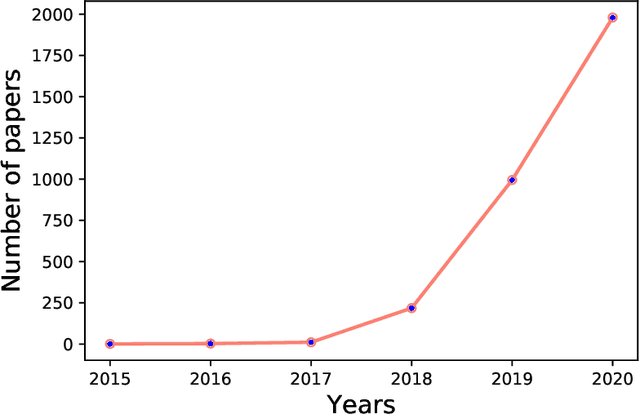
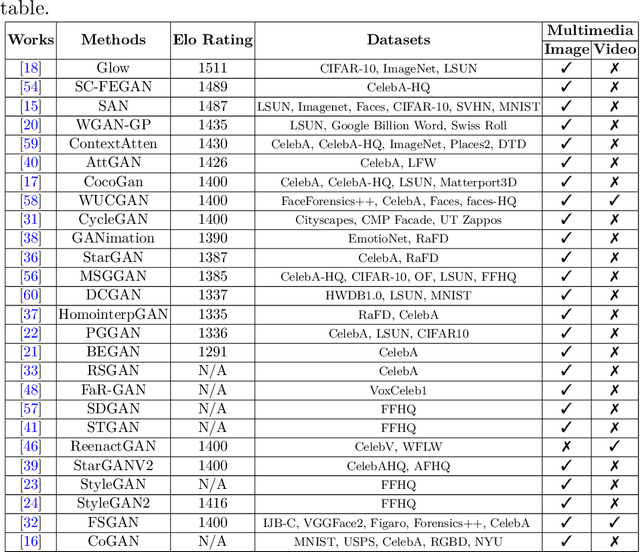
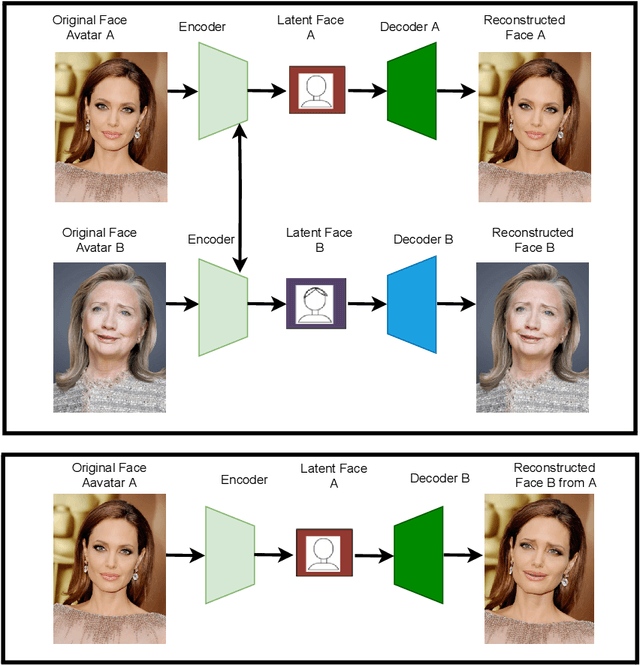
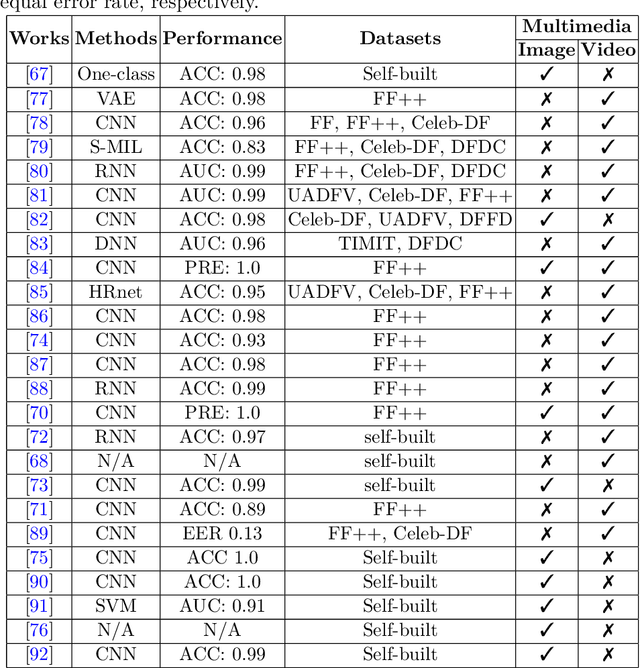
Abstract:The rapid advancement in deep learning makes the differentiation of authentic and manipulated facial images and video clips unprecedentedly harder. The underlying technology of manipulating facial appearances through deep generative approaches, enunciated as DeepFake that have emerged recently by promoting a vast number of malicious face manipulation applications. Subsequently, the need of other sort of techniques that can assess the integrity of digital visual content is indisputable to reduce the impact of the creations of DeepFake. A large body of research that are performed on DeepFake creation and detection create a scope of pushing each other beyond the current status. This study presents challenges, research trends, and directions related to DeepFake creation and detection techniques by reviewing the notable research in the DeepFake domain to facilitate the development of more robust approaches that could deal with the more advance DeepFake in the future.
SensPick: Sense Picking for Word Sense Disambiguation
Feb 10, 2021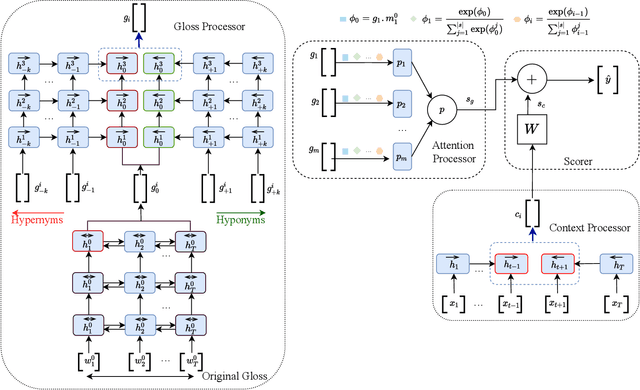
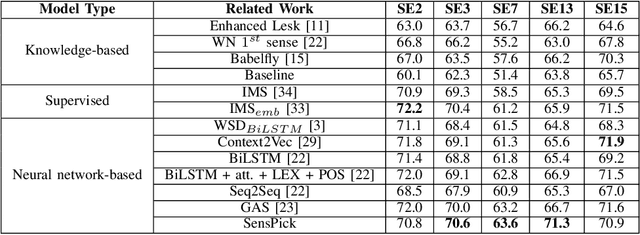
Abstract:Word sense disambiguation (WSD) methods identify the most suitable meaning of a word with respect to the usage of that word in a specific context. Neural network-based WSD approaches rely on a sense-annotated corpus since they do not utilize lexical resources. In this study, we utilize both context and related gloss information of a target word to model the semantic relationship between the word and the set of glosses. We propose SensPick, a type of stacked bidirectional Long Short Term Memory (LSTM) network to perform the WSD task. The experimental evaluation demonstrates that SensPick outperforms traditional and state-of-the-art models on most of the benchmark datasets with a relative improvement of 3.5% in F-1 score. While the improvement is not significant, incorporating semantic relationships brings SensPick in the leading position compared to others.
 Add to Chrome
Add to Chrome Add to Firefox
Add to Firefox Add to Edge
Add to Edge